Overview
This page contains an archive of previous research opportunities for undergraduate students.
Summer Research Experience 2023
The Office of Undergraduate Research piloted the first Summer Research Experience to offer support for students in level I or II in the Faculty of Science that were seeking to gain research experience and develop research skills.
With the aim of making research an integral part of the undergraduate student experience, students were given an opportunity to work on a research project in groups of 2-3 students.
Discover the Summer Research Experience through the firsthand accounts of our 2023 student researchers. Applications for the 2024 Summer Research Experience will come out February 2024.
Information Box Group
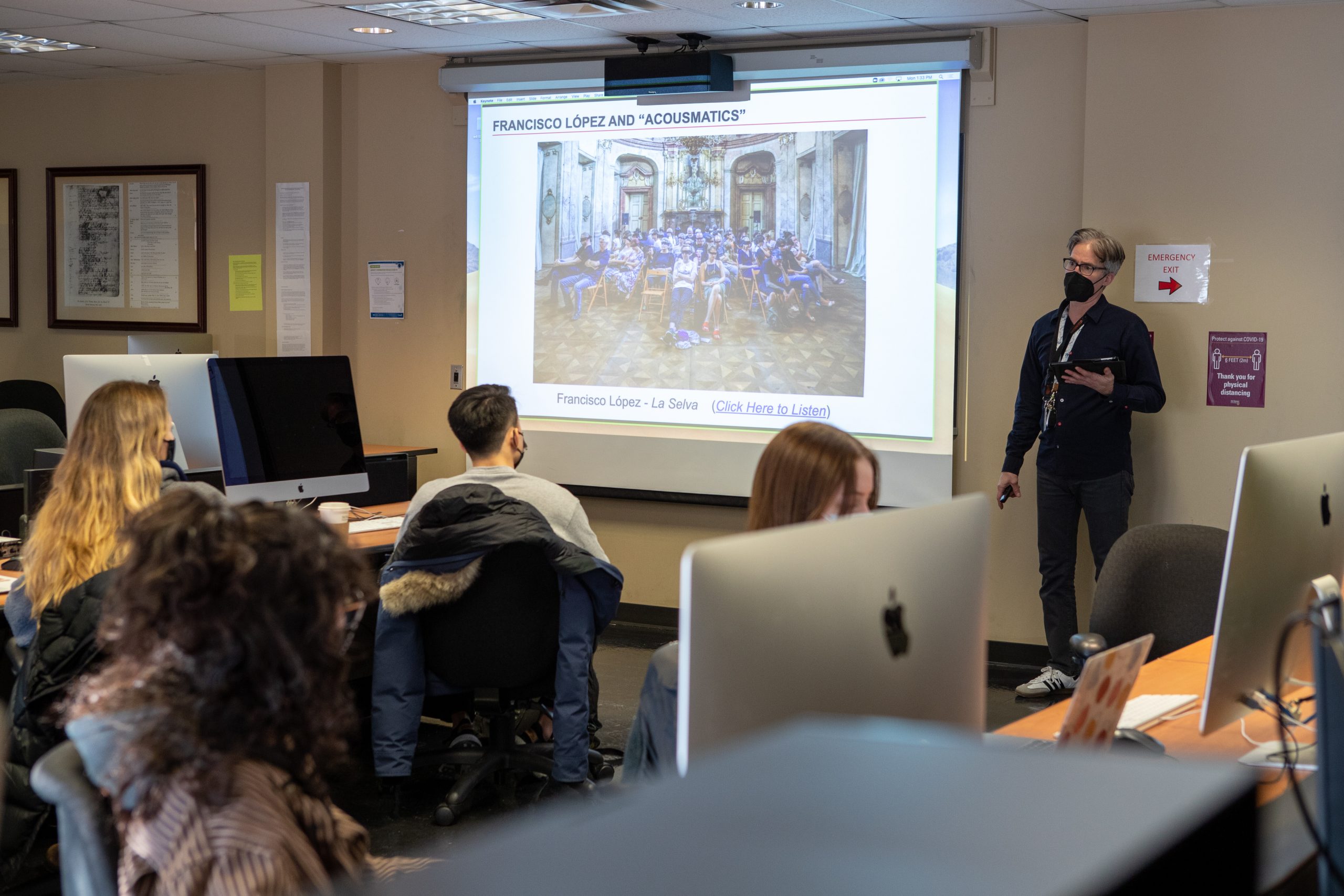
The impact of co-learning activities, such as two-stage testing on learning outcomes and cohort building in an online learning environment Explore Dr. Mahalingam's Project
Pedagogical research with Dr. Mahalingam
The impact of co-learning activities, such as two-stage testing on learning outcomes and cohort building in an online learning environment
In large enrolment courses, it is challenging to build a sense of community and to foster a collaborative learning environment. Small group tutorials are used to mitigate these challenges and improve the student learning experience. We tested whether co-learning activities in online tutorials improved learning outcomes and cohort cohesion. We conducted this study during the pandemic when tutorials were online. This project will involve students conducting a literature review, doing data analysis and writing a journal article for submission. Students will work 10 hours a week in a group of 3 from May to August 2023 under the supervision of Dr. Mahalingam.
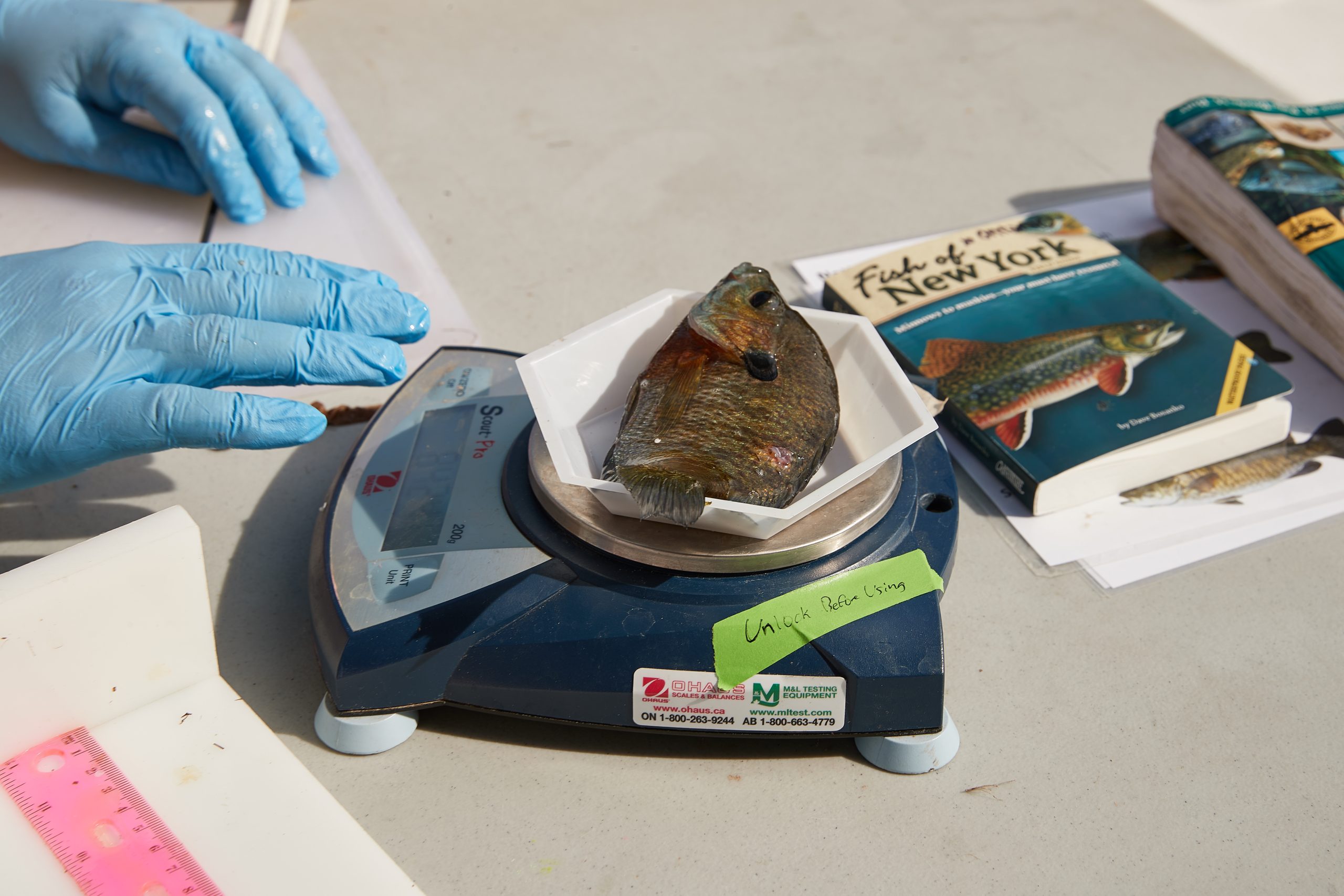
Monitoring Invasive Species in Hamilton Harbour Explore Dr. Balshine's Project
Field and Lab-based research with Dr. Balshine
Monitoring Invasive Species in Hamilton Harbour
Students will be visiting 6 different sites around the harbour, set traps for fish and then collect them the next day. Fish are transported to McMaster and they are then dissected to provide more information about population abundance in relation to abiotic and biotic factors influencing the harbour. Water quality tests are also performed at each site and the students will have to wear chest waders and life jacket to do this. Dr. Balshine is looking for 2 outstanding, reliable, careful students who would want to be involved in a group field and lab-based project. Students are expected to be in the lab/field 14 hours per week. Ideally, students should have a full G license and be comfortable getting dirty and be strong swimmers. No swimming or driving is required but preference is for students that have these skills.

Exploring whether plain-language summaries effectively translate science to non-expert audiences Explore Dr. Moisse's Project
Science Communication research with Dr. Moisse
Exploring whether plain-language summaries effectively translate science to non-expert audiences
Plain-language summaries are an important way for scientists to make their research accessible for non-expert audiences. But how accessible are these summaries? And does accessibility affect public understanding of and engagement with science? This project will explore the quality of published plain-language summaries and compare reader responses to strong and weak summaries. It’s an opportunity to engage with different types of science and think about why science should be accessible. Students will conduct a literature review, perform analyses and write a journal article for submission. Dr. Moisse is looking for 3 students that are excited about science communication and available to work 12 hours/week from May to August.
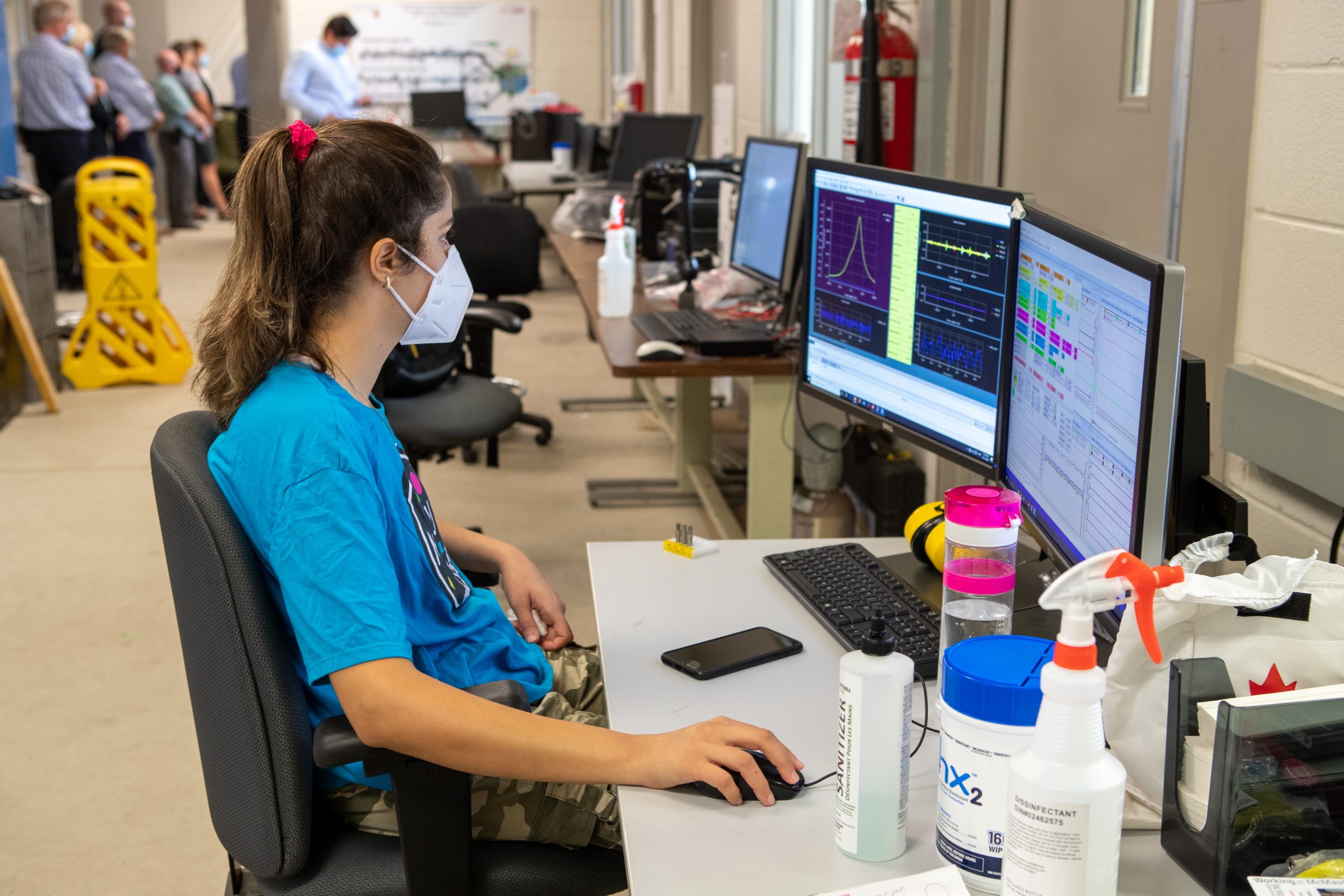
Implicit measures of racial bias Explore Dr. Sun's Project
Human behaviour research with Dr. Sun
Implicit measures of racial bias
This study is designed to understand how human process social information about race. Instead of asking for explicit judgement, we use tasks testing selective attention to obtain implicit measure of the race processing. Evolutionary psychology theories have argued that humans have evolved selective attention for stimuli that is especially relevant for evolutionary fitness (e.g., novelty, threats, etc.). For this study, we focus on whether participants have adapted specific attention modules for novel or threatening stimuli compared to familiar or non-threatening stimuli. For example, we anticipate that participants would be faster to find (1) faces with angry expression compared to faces of neutral expression, (2) faces of a different race (out-group) compared to face of their own race (in-group) (3) and faces from a certain out-group compared to faces of another out-group. Students involved in this project will be conducting a literature review, collecting data and performing data analysis. Lab meetings and all required work can be completed remotely. Students will work 12 hours per week in a group of 2 from May to August 2023 under the supervision of Dr. Sun.

Working with the world’s only flying mammals Explore Dr. Faure's Project
Lab-based research with Dr. Faure
Working with the world’s only flying mammals
During the summer of 2023, students will have a unique opportunity to work with the world’s only flying mammals in Canada’s first and only captive research colony of insectivorous bats at McMaster University. Successful applicants will work alongside a graduate student or post-doctoral fellow bench mentor in a research pairing to maximize their learning experiences. Students who are interested in careers working with animals (e.g. veterinary medicine) may also have an opportunity to shadow the technicians of the Psychology Animal Facility and learn about multiple animal models used in scientific research. One goal is to provide students with a hands-on research experience. Another goal is to kindle intellectual curiosity by exposing students to exciting scientific research conducting studies with bats in captivity and learning research methods in bioacoustics, hearing, and mammalian integrative physiology. Students will also be exposed to and interact with personnel in other animal research labs through connections with colleagues at McMaster. Successful applicants must complete WHMIS lab safety, biosafety, and animal training courses, and receive a series of preexposure medical vaccinations so they can safely work with bats. Dr. Faure is looking to hire 2 students who are willing to work 14 hours a week from May to August 2023.

Why does the bass in music make us want to move? Investigating auditory, vibrotactile, and vestibular contributions Explore Dr. Trainor's Project
Lab-based research with Dr. Trainor
Why does the bass in music make us want to move? Investigating auditory, vibrotactile, and vestibular contributions
How do we sense low bass in music? Previous research demonstrated that the presence of very low frequency (VLF) sound can make people dance more at a concert. This behaviour has social consequences as people feel more affiliated and trust each other more when they move together in synchrony to music. VLF sound may be detected by the auditory, vibrotactile, or vestibular systems. This project will investigate this topic by having participants listen to music with VLFs presented either through audio, tactile, or vestibular stimulation. Participants will tap in synchrony to the music and rate how much the music makes them want to move. Analyses of the tapping and ratings in each sensory condition will help us understand how this real-world effect is processed in the body and brain. Students involved in this project will be conducting a literature review, collecting data, performing data analysis and if time permits help with writing of the paper. Dr. Trainor is looking for 3 students to work 14 hours a week from May to August, 2023.

Design, construction, and testing of the autonomous indoor ecosystem Explore Dr. Kolasa's Project
Lab-based research with Dr. Kolasa
Design, construction, and testing of the autonomous indoor ecosystem
This project focuses on the rapidly growing interest in indoor food production (e.g., aquaponics). Dr. Kolasa is looking for 2 students that are interested in aquatic ecology, algae, and microbiota, but any student with a science inclination may learn and contribute to this project. A passion for research is vital. Dr. Kolasa’s lab is preparing one Research System to start operation in early May in the Biology Greenhouse. They have another dormant system that a team of students (TEAM) would take over. The TEAM will be solely responsible for setting up, managing, and monitoring their system’s performance. The second system will be the focus of a PBL Team’s project: to populate and operate throughout the summer. The TEAM will be able to follow and learn from the development of the Research System. That project will ultimately become a second research system but with any modifications and improvements, the TEAM implements. In practice, the TEAM and the research group will work very closely: in the same space, on the same question, and mostly simultaneously. This PBL setup will give the TEAM complete independence and researcher support from a similar project. The research team consists of the PI (J. Kolasa), two international interns (MITAC Globalink funded), and likely a summer student or two. Students will learn skills and gain knowledge in ecosystem theory, aquaponics, green recycling, biota and environmental parameters monitoring, and simple data analyses for management decisions. Students will also write a full report at the summer’s end. Dr. Kolasa’s research team will provide supervision, guidance, and consultation to ideas initiated by the TEAM.
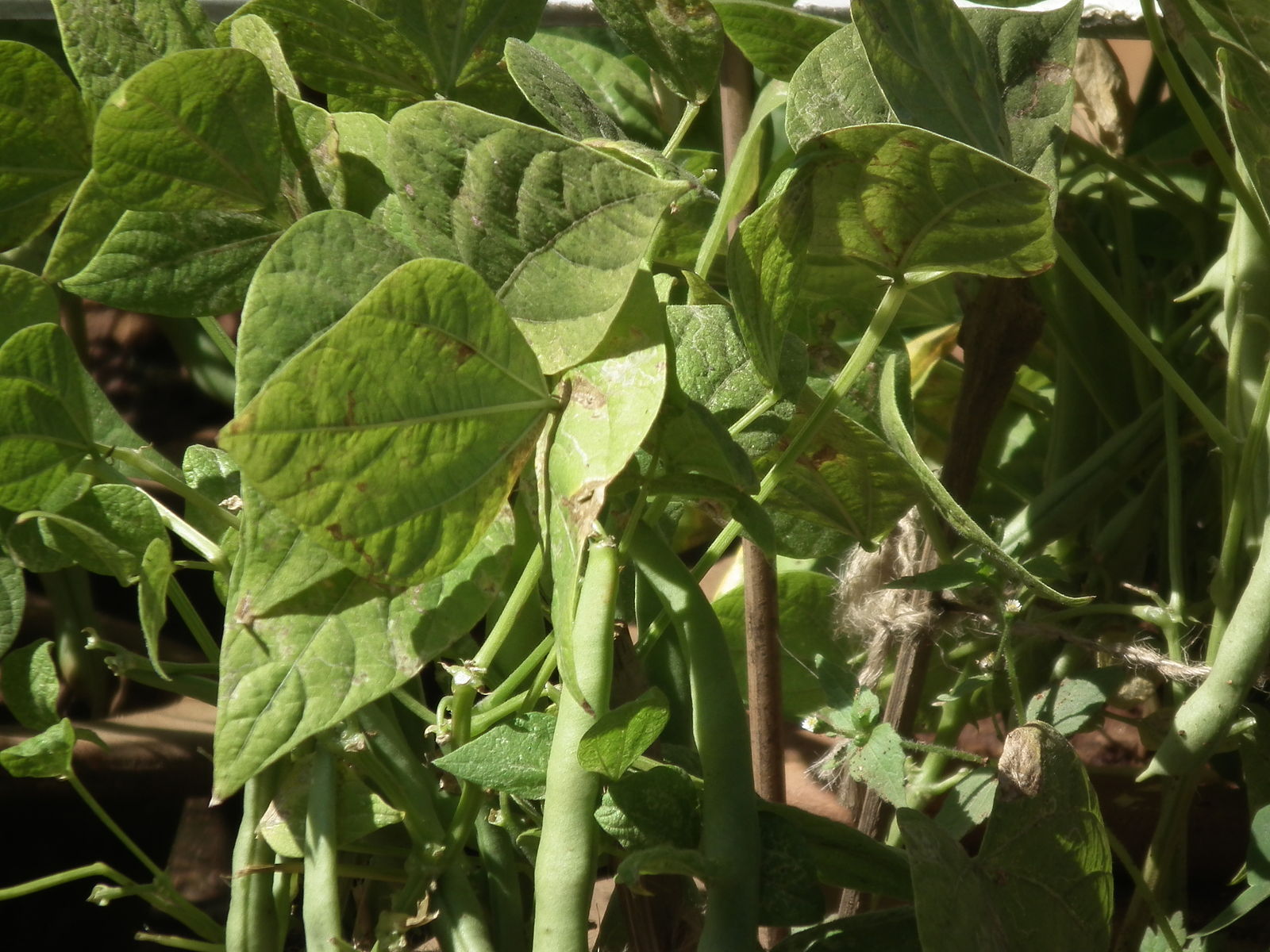
Leveraging plant-associated microbiomes to promote crop productivity and resiliency in Southern Ontario Explore Dr. Batstone's Project
Field and Lab-based research with Dr. Batstone
Leveraging plant-associated microbiomes to promote crop productivity and resiliency in Southern Ontario
Students will work together as a team to collect soil microbiomes associated with the roots of established and “up-and-coming” crops in Southern Ontario, including dry beans and peas. Students will bring soil samples back to the lab and characterize microbiomes using both culture-dependent and independent methods (e.g., amplicon and metagenomic sequencing). Students will then design and execute their own experiment that will involve determining what climatic variables to manipulate (e.g., elevated CO2, temperature, drought), tracking how microbiomes change over time in response to these variables, and assaying the impacts of changing microbiomes on plant growth and stress tolerance. Dr. Batstone is looking for 2 enthusiastic students who want to work on a team to conduct rigorous, impactful research, and in the process, gain effective communication and leadership skills. No prior research experience required, but a love for the microbial world and working with plants would be beneficial!

Bees that nest in snail shells Explore Dr. Dudley's Project
Field and Lab-based research with Dr. Dudley
Bees that nest in snail shells
Dr. Dudley is looking to hire 2 students to work 12 hours per week to carry out ecology and behavioural studies of Osmia conjuncta, a native snail shell nesting bee, and Cepaea sp., the non-native grove snail. Students will work at the McMaster Forest in the field, the greenhouse, and the lab to find snail shells with hatching bees, put out cleaned shells as a nesting substrate, observe bees making shell choice, and identify bees. They will assess population size for the snails and bees. Students will be supervised by Dr. Dudley and work with a 4th year thesis student who is researching this system. The research assistants will learn hypothesis testing, ecology field techniques, experimental techniques, and plant, bee, and snail identification. Students will also have the opportunity to develop their own project. The students should be interested in field ecology and be able and willing to work outside for 5 hours at a time. The field site is accessible by Hamilton Bus (HSR) and by car with 15-30 minutes travel time from campus.
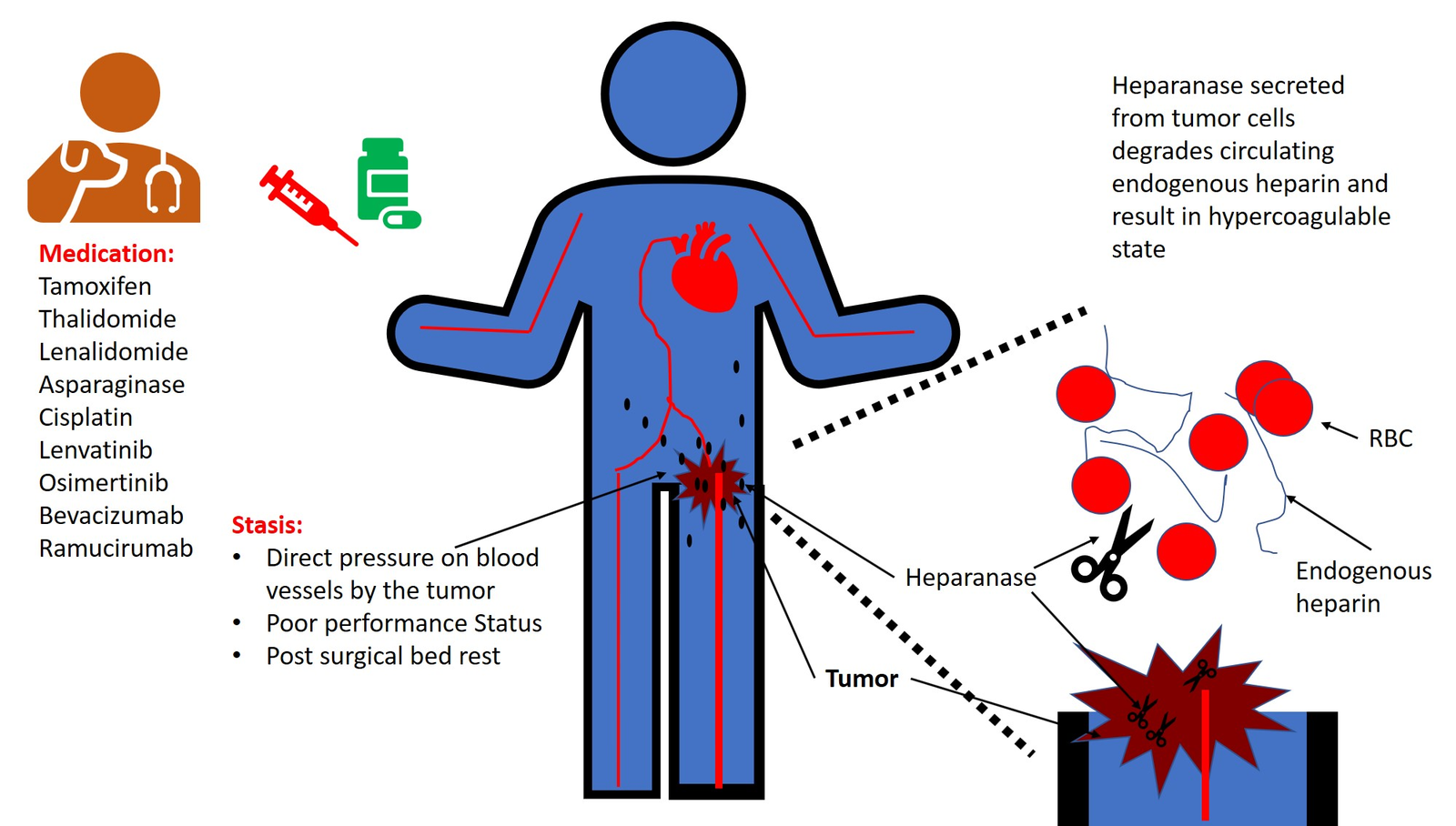
Assessing the Exposome using Mass Spectrometry Explore Dr. Okeme's Project
Lab-based research with Dr. Okeme
Assessing the Exposome using Mass Spectrometry
Non-genetic factors account for more than 80% of chronic diseases risk, implying that most diseases are preventable if these factors can be mitigated. These non-genetic factors include chemical exposures related to the environment, occupation, diet, behavior and endogenous processes. A cumulative measure of these non-genetic factors experienced by an individual over the course of a lifetime is known as the exposome. As an individual is potentially exposed to over a million chemicals, time consuming and expensive conventional exposure assessment tools requiring chemical-by-chemical analysis are not enough to determine which of these complex exposures pose health risks and at what levels. The project entails developing and optimizing novel methods to analyze both environmental and biological makers in serum. This project would be broken into two parts as there are two groups of markers that are of interest, which require different sample treatments. The students will be involved in all aspects of method development, including sample preparation (derivatizing the biomarkers), data acquisition and quantitation using high resolution liquid chromatography mass spectrometry (LCMS) and quantitative data analysis.
Dr. Okeme will provide 2 students with the opportunity to gain and improve a wide range of research and technical skills through participation in different aspects of the project, ranging from experimental design to dissemination. In addition to peer-to-peer collaboration and working with the principal investigator, the students will be mentored by a graduate student, and staff at McMaster’s Regional Centre for Mass Spectrometry core facility who will train them on analyzing samples as well as troubleshooting advanced instruments.
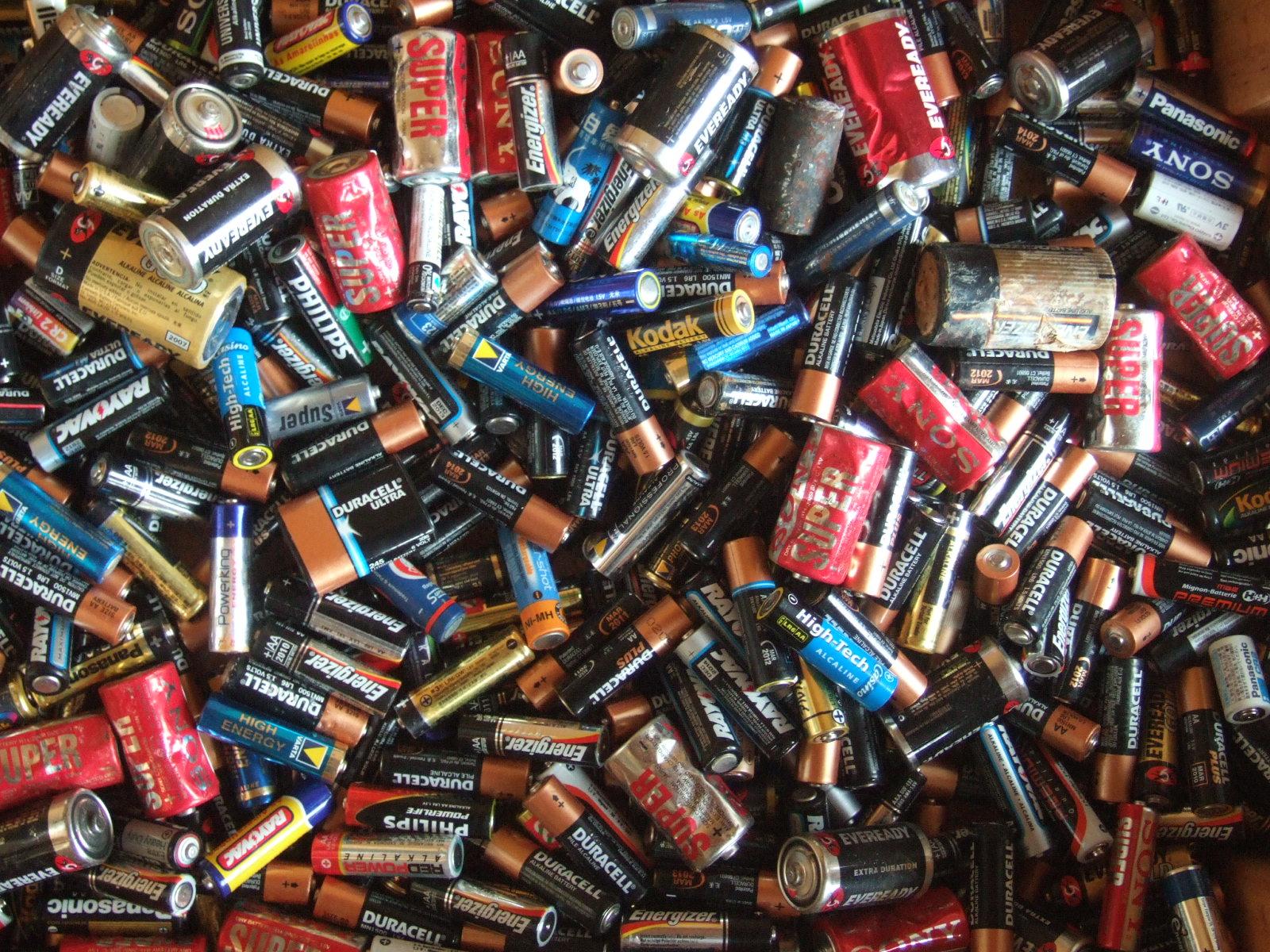
A data-driven approach to optimize the charging cycle of Li-Ion batteries Explore Dr. Vargas-Hernandez's Project
Computer modelling-based research with Dr. Vargas-Hernandez
A data-driven approach to optimize the charging cycle of Li-Ion batteries
The durability and performance of Li-Ion batteries depend on environmental conditions, like temperature and humidity, as well as the protocols for charging. The latter plays a central role in developing new batteries, as faster and more efficient charging cycles could benefit consumers. Current methods for designing charge and discharge cycles involve testing different possible setups, which are guided by human intuition. Recently, machine learning tools have proven to be more resource efficient for designing experimental protocols. The goal is to use the existing experimental data combined with modern data-driven models to design charging protocols that could expand the lifespan of Li-Ion batteries. The G. R. Goward group at McMaster University has experimental data from previously proposed protocols that could serve as an initial training data set for machine learning models. To carry out this project, Dr, Vargas-Hernandez is looking a student with two principal skills: basic coding experience and some background in math and chemistry. Specifically, the student will be responsible for preprocessing and organizing the experimental data for machine learning models. They will also develop and test various algorithms for these tasks. Python programming experience is preferred due to the machine learning ecosystem. Initially, this position will require in-person discussions, with the student devoting 12 hours per week to the project. However, a remote/virtual option is possible due to the computational nature of the project.
Expandable List
CNL Summer Research Experience 2023
CNL Student Experience: Exploring Canada’s Nuclear Laboratories in Chalk River
Information Box Group
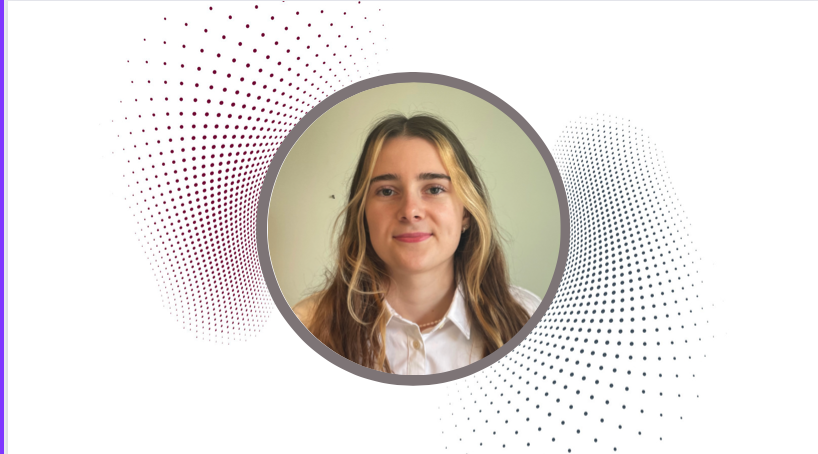
This kind of exposure... is essential to better understanding your own research and different interdisciplinary ways a problem may be approached.
My project has focused on assisting the preparation of 18F-labelled PET tracers that target bacterial infection and discriminate it from sterile inflammation. This will aid the management of a variety of bacterial-induced diseases such as diabetic foot, prosthetic joint infection, and extrapulmonary tuberculosis. The novel radiochemical strategies I have learned over the past months allow for the low-temperature, non-basic incorporation of [18F]F– into sensitive biomolecules. Our target precursor will be conjugated to an antimicrobial peptide, radiolabeled via direct strategies, and assessed for its binding affinity against bacterial cell cultures.
I would definitely say this was my favourite part of the trip, in addition to touring the animal facilities, medical isotope labs, and learning to build and operate hot cell tools with manipulator arms!
Fiona Bathelt

It is an exciting time for both the nuclear industry and machine learning, finding an intersection between these fields has been a really engaging experience for me.
I am working on leveraging the predictive capabilities of Neural Networks (a form of Machine Learning/AI) to predict the occurrence of critical heat flux in geometries applicable to nuclear reactors. The primary goals of my research are to create a higher level of prediction accuracy for safety as well as interpreting the model to possibly learn something about the underlying physics behind CHF.
Stephan Foster

I especially enjoyed the experience of visiting the site of Chalk River and seeing first-hand the breadth of exciting work being conducted!
Biological nitrogen fixation (BNF) is an economically and environmentally sustainable alternative to nitrogen supplemented fertilizer. It’s thus important to understand the signalling exchanges between the two partners that will allow for BNF, legume plants and nitrogen-fixing bacteria known as rhizobia. I am creating a reporter construct to assess the transcriptional activity of nodd1, a transcription factor in rhizobia that induces the expression of other nod genes in the presence of host plant root exudates. I’m interested in whether bacterial strains that differ in traits (e.x coevolutionary history, exopolysaccharide production) respond differently to the same host root exudates to determine characteristics of rhizobia that will allow them to be the most beneficial partner to legume plants.
Mithusha Peragerasingam
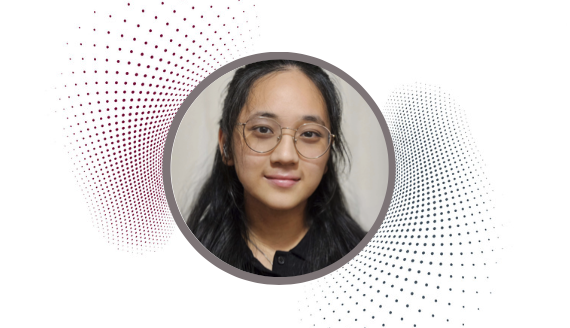
Working on a research project and engaging with researchers across various nuclear fields opened my eyes to the vast world of nuclear research!
Research from our lab have demonstrated that the exposure of ionising radiation to living tissues leads to the emission of biophotons. These biophotons have been found to disrupt the ability of Complex I in the Electron Transport Chain (ETC) to convert NADH to NAD+. This leads to decreased energy production. The project aims to investigate the efficacy of the NDI1 construct and melanin in preventing these effects. Melanin has a known ability to absorb biophotons and the NDI1 construct is an NADH dehydrogenase found in yeast that have been noted in existing literature to be able to functionally substitute ETC’s Complex 1 in studies investigating diseases associated with this complex. Experiments involve cell cultures with the NDI1 construct, melanin (M), NDI1+M, and controls exposed to biophotons. Cell colony-forming abilities, cell viability, ROS levels, ATP production, and L-lactate concentrations are investigated.
Kim Luc

This project builds upon prior research to deepen our understanding and proficiency in safeguarding nuclear facilities amidst evolving reactor designs.
This project explores standoff neutron detection (SND) as a pivotal safeguard measure at McMaster Nuclear Reactor (MNR) for promoting the peaceful use of nuclear material and thwarting unauthorized diversion. This research holds particular significance in addressing emerging challenges linked to the design of newer nuclear reactors, like Small Modular Reactors (SMRs). With SMRs’ sealed-core configurations, existing safeguards techniques may be confounded, further exacerbated by their use in remote locations that could hinder timely inspections. As the National Research Universal (NRU) reactor was decommissioned, MNR has assumed a crucial role in conducting advanced SND experiments, focusing on establishing correlations between the reactor core’s fissile inventory and neutron detections. This project builds upon prior research to deepen our understanding and proficiency in safeguarding nuclear facilities amidst evolving reactor designs.
Shamera Chatheechan
As part of their enriching summer research program at McMaster, students are offered an exclusive opportunity to visit the renowned CNL campus in Chalk River during their fully funded two-week stay in June 2023. Immerse yourself in the world of nuclear science as you embark on a captivating journey at CNL.
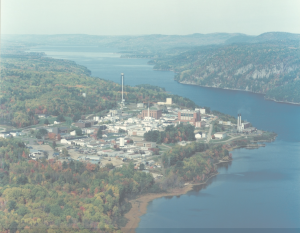
What awaits you during your weekdays at CNL?
An insightful and inspiring experience! Engage with cutting-edge research through captivating lectures, led by industry experts who are at the forefront of nuclear innovation. Collaborate closely with dedicated mentors who will guide you on this remarkable educational experience.
Explore the world beyond the lecture halls and dive into the cutting-edge labs at CNL. Witness the exciting scientific discoveries in action as you visit various sites on the campus, each offering its unique contribution to nuclear science. Experience the spirit of innovation that has made CNL a global leader in nuclear research.
What else will you be doing on your trip? Where will you be staying?
Students get to stay in a conveniently located hotel in the heart of Deep River, where everything you need is less than a 15-minute walk away! Embrace the opportunity to explore Deep River and indulge in the thrilling outdoor adventures!
Lunch Social:
Students have the fantastic opportunity to attend a fully paid lunch with their esteemed McMaster mentors. This special event brings together mentors and fellow students, allowing everyone to socialize, share experiences, and engage in meaningful discussions about their summer research experience.
Speaker Series:
The speaker series, presented by the McMaster Society of Engineering Research in partnership with the CNL Summer Research Experience Program, offers students a unique opportunity to delve into the remarkable research conducted by professors in McMaster’s faculties of science and engineering.
CNL Mentorship:
Students not only have the chance to collaborate with McMaster researchers during their summer program, but they also receive mentorship from professionals at CNL in Chalk River throughout their two-week experience in that location.
Poster Presentations:
CNL students showcase their research projects through poster presentations at a research symposium! Following this, they get another valuable opportunity to present their posters once more, this time in front of their CNL mentors and McMaster supervisors. This dual presentation ensures their hard work and dedication get recognized by key figures in their field.
